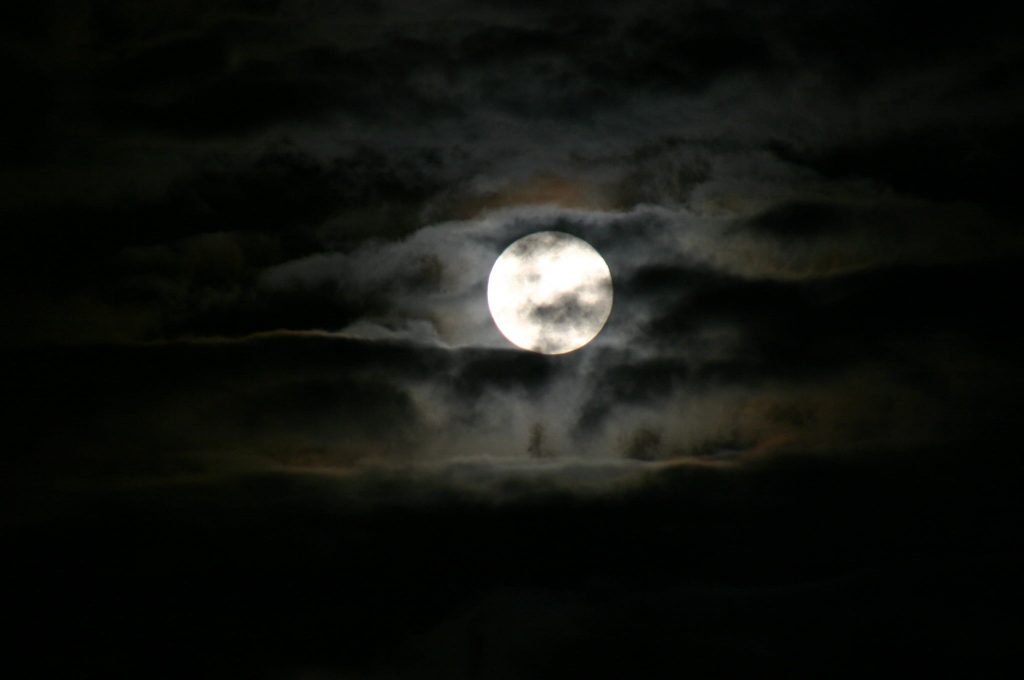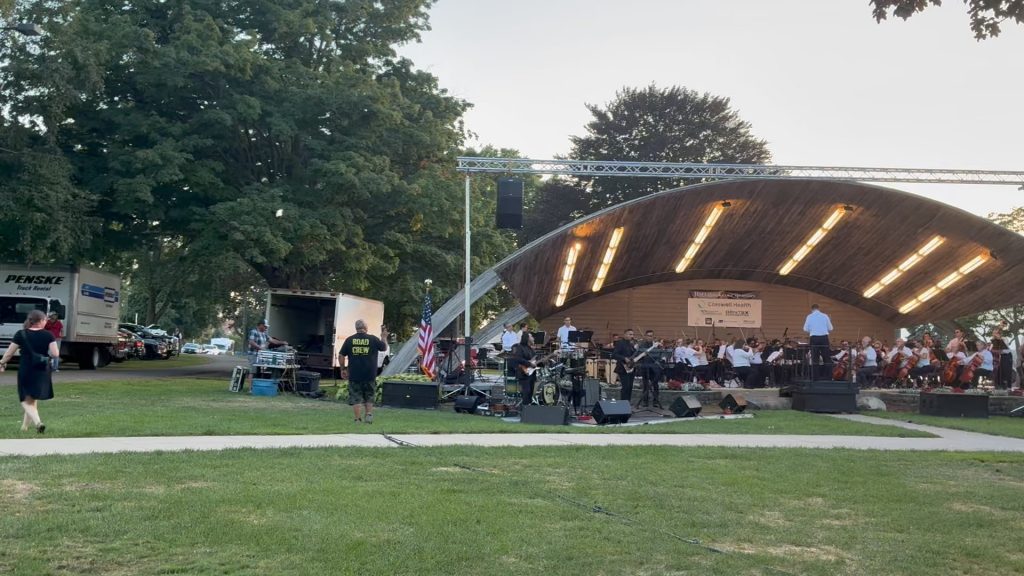Just in time for…Christmas 2026?… is a Yuletide carol inspired by “It Came Upon a Midnight Clear.” You may remember that I recently arranged that classic carol for strings. While working on it, I was able to dig into the text and tune at a level I had never done previously. Here are some observations:

I like the idea of the angels’ song reverberating throughout human history (“that glorious song of old”) and that the song can still be heard over the din of human life (“and still their heavenly music floats/o’er all the weary world;/…and ever o’er its Babel sounds/the blessed angels sing.”). I also appreciate that the carol acknowledges that many of us are bent “beneath life’s crushing load.” What I like less is the angel-winged nostalgia that comes, in part from singing the song for generations, and in part from the treacly melody the text is usually paired with.
When I told my wife I was writing a remake of “It Came Upon a Midnight Clear,” she almost spit out her food. Instead, she spit out honest astonishment: “You’re not going to make that better!” Implied in her words was my very fear: that the only thing a new version would accomplish is annoying people by ruining their favorite Christmas carol.
I don’t know if my song will annoy or inspire, but here’s how I approached it: I changed my midnight from “clear” to “dark and cold,” because I liked the juxtaposition of the beautiful light and warmth of the angels’ song with the cool darkness of much of our existence. The verses focus on the darkness of the earth, while the chorus answers with the heavenly sound of angels declaring peace.
The only place I break the 8.6.8.6. meter of the original carol is the line “And still today, open hearts and listening ears (can hear the angels sing).” While I had hoped to maintain the interchangeability of the old and new texts, it was even more important to me to get across the idea of “those who have ears, let them hear.” That is, having hope in an often dark world takes faith and openness.
1. It was a midnight, dark and cold,
when dazzling light shone down,
and angels voices filled the sky
with the most glorious song:
“Peace on the earth, goodwill to all,
from heavens all gracious King!”
And still today, open hearts and listening ears
can hear the angels sing.
2. A song of love, a song of hope,
rang out that ancient eve;
a song of joy filled eager hearts
and filled the earth with peace. Chorus
3. Even when our world is dark and cold,
our hearts can still have hope.
We catch a glimpse of dawning light
and strain to hear the song: Chorus
4. All weary hearts and burdened souls,
all those who long for peace,
shall finally see salvation come–
this waiting world set free. Chorus






